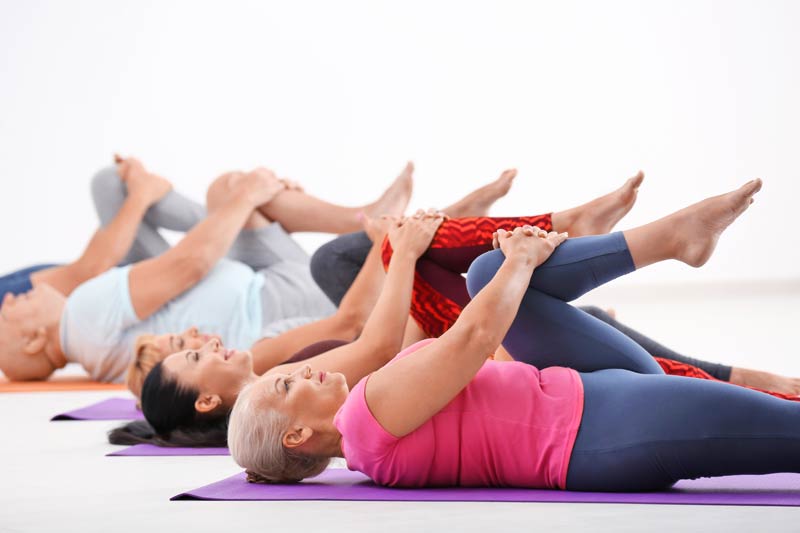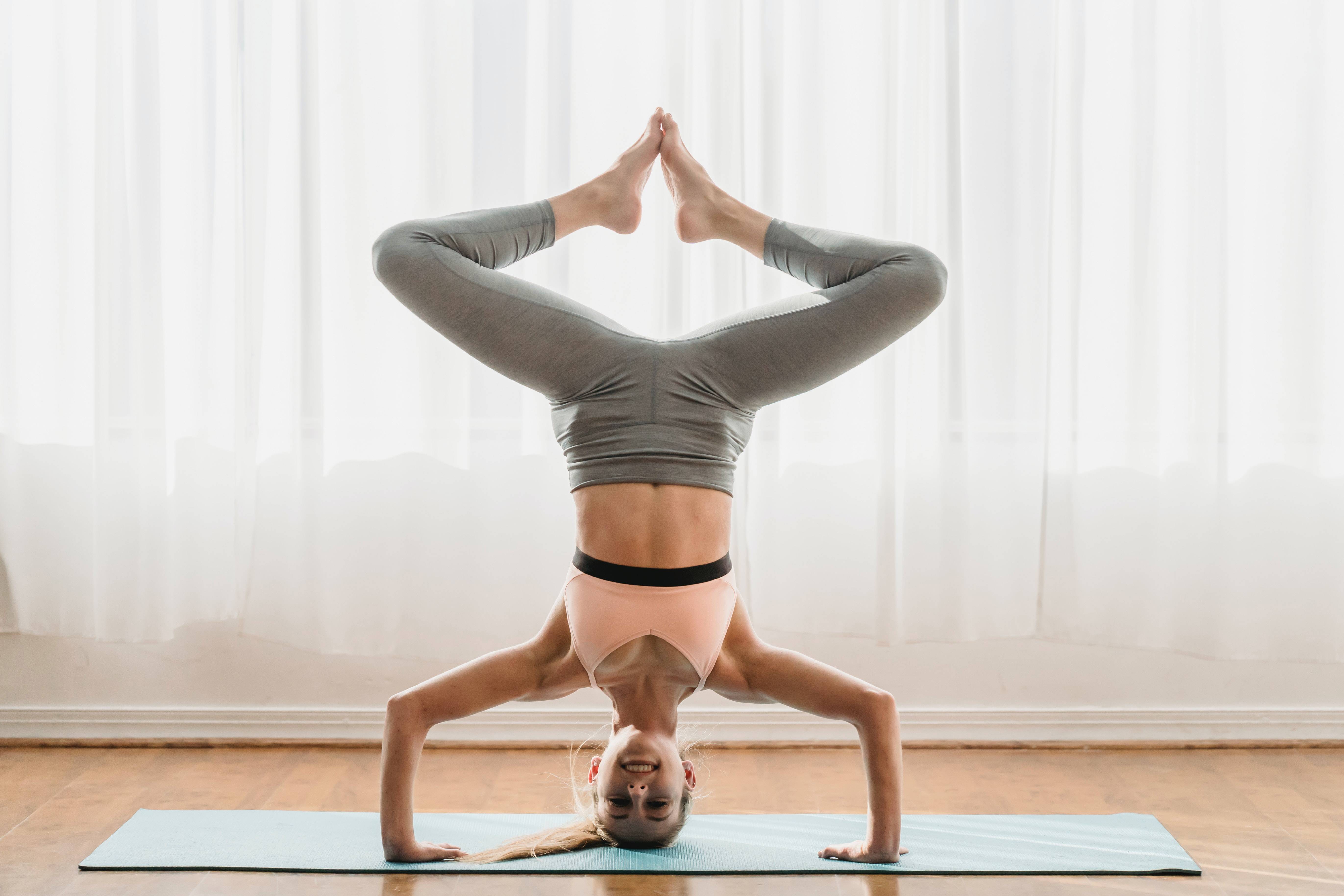
When practicing yoga, many people sustain musculoskeletal injury. While wrist-weighted yoga poses pose a risk for injury, there are many ways to avoid them. An incorrect wrist alignment can cause sprains and breaks. During these exercises, the wrist and fingers should be spread evenly and firmly. Avoid these injuries by using safe postures and adhering to instructions.
Research shows that yoga injuries are on the rise. The number of yoga injuries has increased from 13 to twenty in 2000 to twenty in 2001 and eight to 46 to 2002. The Consumer Product Safety Commission's survey relies on sampling, and doesn't give the whole picture. Only a tiny percentage of yoga injury victims visit the emergency department. Most others seek out treatment from family physicians and chiropractors. Although yoga can be an effective method to prevent injuries it is important to know the limitations of the research.
Improper alignment is often the cause of injuries in yoga. You could be at risk of injury if you aren't able to properly align your body. Yoga poses can be improved by practicing proper alignment. You should also ensure that your teacher is properly trained in biomechanics. A safe and effective class requires the use of correct body mechanics. You run the risk of getting injured if your instructor isn't familiar with the right technique.

The shoulder muscles, as well as the rotator and shoulder muscles, are at greatest risk of injury. Rotator and hand injuries can also result from binds linking wrists and hands while in a pose. Sun salutations, which are a series or poses that place the body's weight on one side of the upper extremity, are also known to impinge the rotator. These positions can be particularly dangerous when you are doing a lot of forward bending and stretching your hamstrings.
There are many kinds of injuries in yoga. Muscle and joint problems are the most common. They are not serious and do not usually require medical attention. Yoga poses can help you to manage your condition if it is already severe. The rotator cuff and shoulder are very fragile muscles that can be damaged by overexertion. Overexertion can cause damage to the shoulder and rotator muscles.
You should not do dangerous yoga poses. However, there are common injuries that can occur. Text neck is the most common. This happens when people use their phones too much. These positions are dangerous for the neck muscles, so avoid them. You'll reap the most from your practice the more you practice. Many factors can cause injuries in yoga. However, there are many things that you can do to prevent them.
The low back injury is a common one in yoga. Excessively curved or twisted joints can result in a low back injury. Those who have had previous injuries can suffer from this condition by performing certain poses without proper alignment. The shoulder is the most common injury in yoga. If it is not properly aligned, it can result in permanent damage. When it comes down to the upper extremities the clavicle can, the humerus and the capula all can become injured.

Yoga injuries that are most common involve improper technique. An injury can be caused by overtraining your neck, hips, or other joints. An orthopedist would recommend listening to your body and avoiding any strenuous positions. The neck can be straining if you do too much. It takes time to heal a neck injury, so avoid doing more intense yoga exercises. This will prevent you from getting into more trouble.
While yoga-related injury rates are low, it's important that you understand that certain postures can cause pain. These types injuries do not occur often. These injuries are usually caused by overstretching or repetitive stress. Injuries in yoga are most common when performed incorrectly or without proper warming up. Injuries occur when the practitioner is not aware of the risks associated with the poses.
FAQ
Is cardio exercise good for your health or bad?
Cardiovascular exercise has many advantages. It increases blood circulation, strengthens the heart muscle, boosts stamina, aids in weight loss, and gives you more energy.
Cardiovascular exercise includes running, biking, hiking, swimming, tennis, basketball, soccer, volleyball, football, etc.
It is important that cardio exercises are not performed at high intensities. Doing this could lead to injury.
Cardiovascular exercise should be done only if you feel well.
Do not push yourself to the limit. You could injure yourself if you do.
It is important to warm up before you begin any cardiovascular exercise. Start slowly increasing your intensity.
Remember, you should always listen to your body. If you feel pain during cardiovascular exercise, stop immediately.
After a cardiovascular training session, it is recommended that you take some time to relax. This will allow your muscles to rest.
Cardiovascular exercise can help you lose weight.
It is the most effective way to burn calories and reduce belly fat.
Can I go to a gym 7 days per week?
Yes, you can go to a gym seven days per week. But not all at once. You must find a time you can do it without feeling exhausted and depleted.
This will help keep you motivated and give you energy for other activities.
Also, ensure you eat healthy during these times. This will ensure you don't feel tired and sluggish when going to the gym.
Last, make sure there aren't any other things competing with your time. If you have children, it is a good idea to avoid going to school on the evenings as they can distract from your workout.
Is it true that overeating protein causes kidney stones?
Protein helps maintain healthy bones and tissue. But consuming too much protein can lead to calcium excretion through urine. This can cause kidney stones.
It is important to remember that not all people get kidney stones from eating more than 2g protein per kilogram (2.2lbs) of body weight. Some people can eat high amounts of protein without getting kidney stones.
By watching how much sodium you consume, kidney stones can be prevented. Sodium regulates the body's water balance. Too much sodium results in a higher risk of developing kidney stones.
You may also want to reduce your protein intake in the event of kidney stones. Protein accounts for about half the daily caloric requirement of most adults. Reduce your intake of protein and you will likely lose weight.
If you do decide to eat more protein, don't go overboard. Do not eat more than 20% of your daily calories from protein.
Statistics
- According to the American Heart Association, blood pressure should be checked at least once every two years, beginning at age 20. (my.clevelandclinic.org)
- According to the American Academy of Dermatology (AAD), men over 50 are at a heightened risk of developing it. (healthline.com)
- Get free shipping and 25% off today. (healthline.com)
- Candidates and applicants must pass all four tests at 70% (minimum level) to graduate from Basic Deputy U.S. Marshal (BDUSM) Training. (usmarshals.gov)
- By John Thompson Take a whopping 38% off a set of PowerBlock Pros. (menshealth.com)
External Links
How To
How to Eat Well for Men
Instead of eating three large meals a day, eat small meals. You will spend less time consuming food and your stomach. Later you will be less likely to overeat.
Before bed, avoid snacking. Snacking late at night causes you to wake up hungry and overeat the following day.
Instead, have a light snack an hour or two before sleep.
Avoid snack attacks, where you grab something to eat when you feel hungry. This is especially dangerous if you're already overweight.
All meals should be balanced. Don't skip breakfast. Make sure to eat healthy lunches and dinners.
If you're having trouble losing weight, cut back on calories.
Reduce your intake of alcohol, nicotine, and caffeine. Both can alter the way your body processes nutrients.
Get enough rest. Sleep deprivation makes people crave junk food.
Exercise regularly. Exercise can improve your mood, increase energy levels, and help you burn more calories.
Take care emotionally. Overeating and weight gain can be caused by stress.
Learn to relax. Meditation and yoga can help relieve stress and anxiety.
Keep track everything you eat. Notify your family about everything you eat.
Supplements are important! For most men, they don't consume enough vitamins or minerals to be healthy.
Every day, take a multivitamin. A daily multivitamin can prevent deficiencies in certain key vitamins and minerals.
Take a vitamin C supplement. It keeps your immune system strong, and helps to prevent scurvy.
Include zinc in your daily diet. Impotence can be caused by zinc deficiency.
Drink water. Limit your fluid intake to 1.5 liters daily (about 4 cups).
Limit salt. Salt can raise blood pressure and lead to heart disease.
Avoid trans fats. Trans fat has been linked a higher rate of obesity, diabetes, and other heart diseases.
The Best Male Enhancement Pills 2018 - Read the Best Male Enhancement Pills Reviews
There are many different types of male enhancement products available today. Some products work well while others provide no real results. This article aims to give you some information about the best male enhancement pills that actually work.